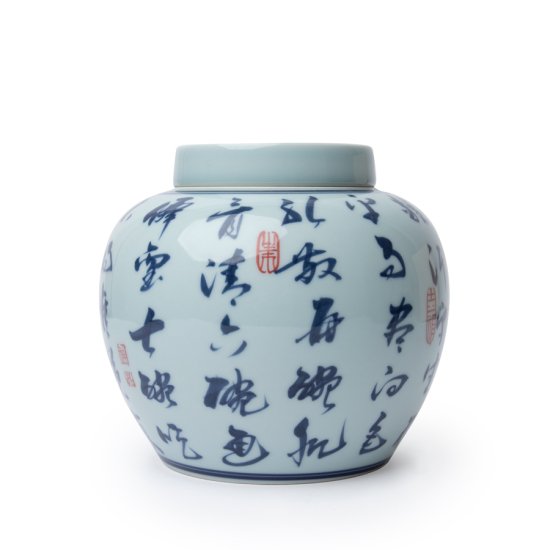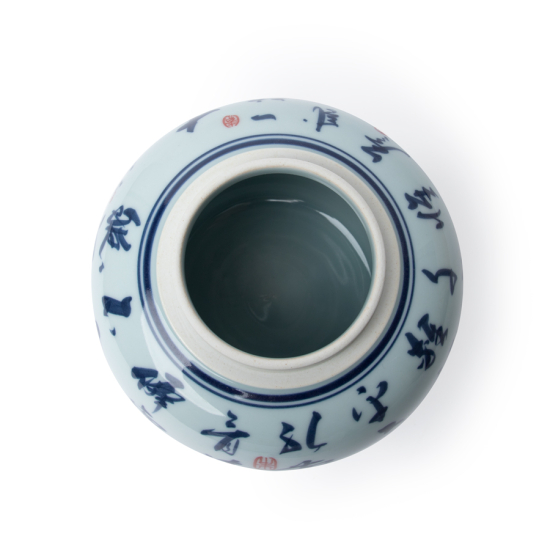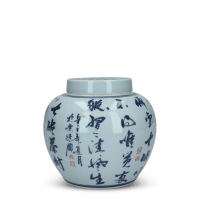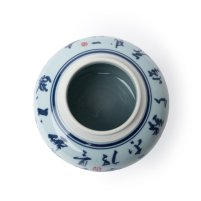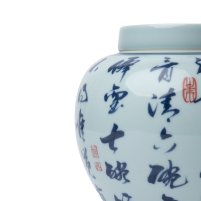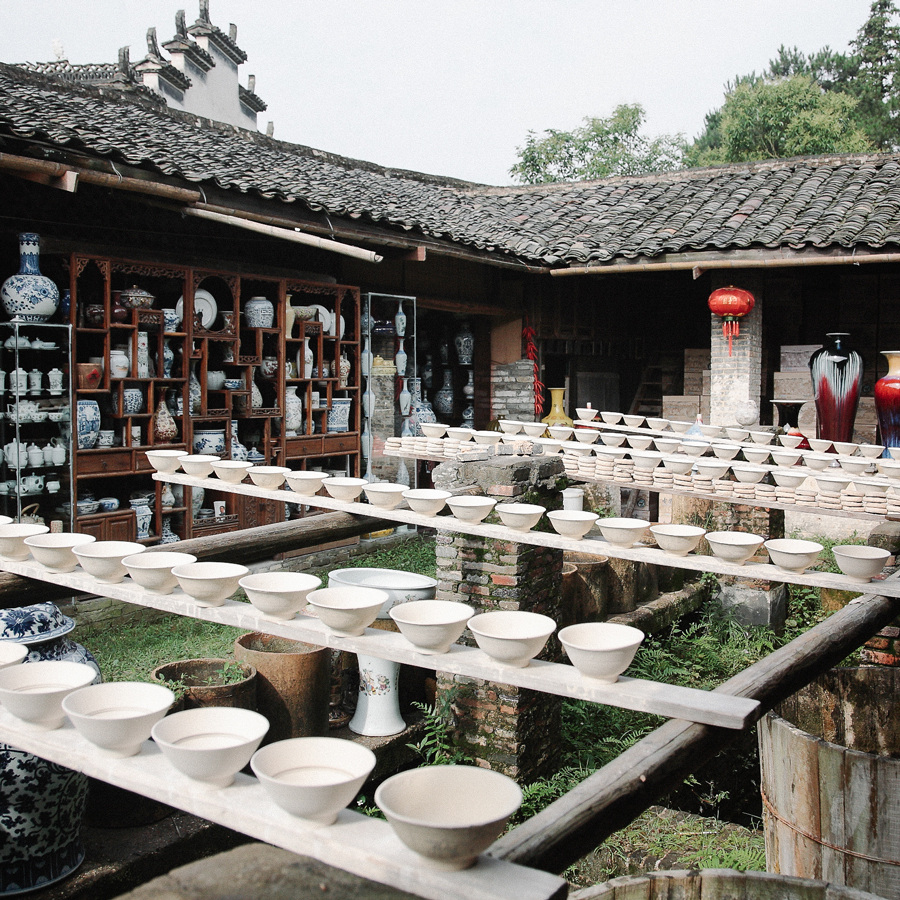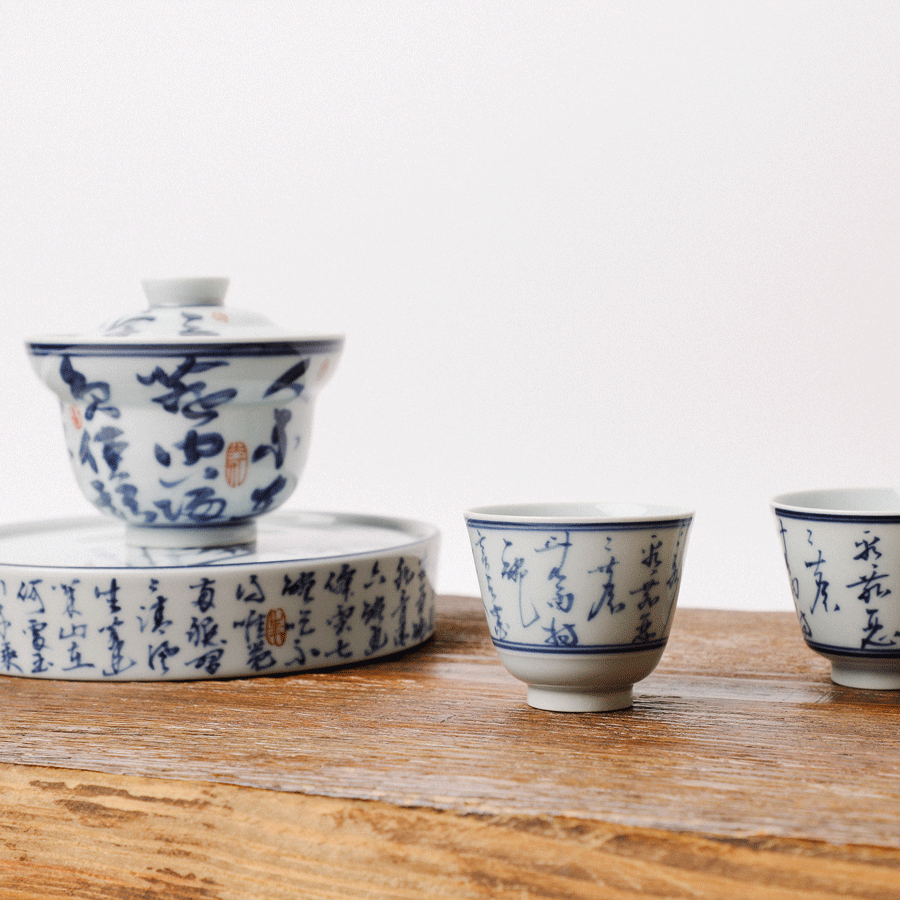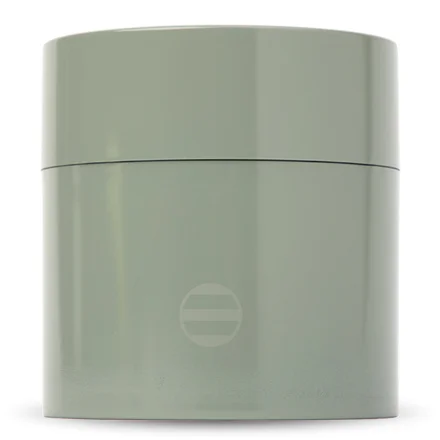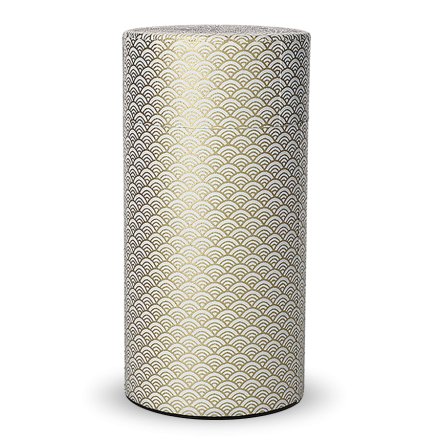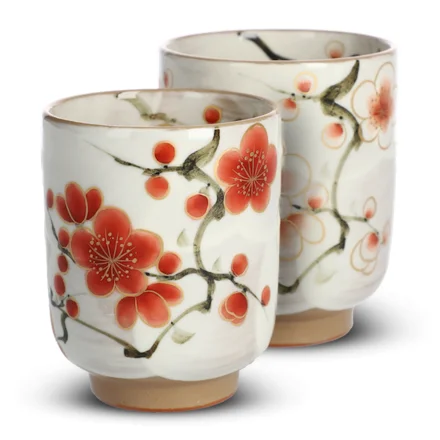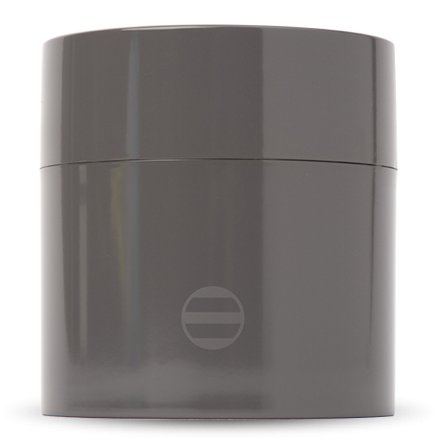Porcelain is very easy to care for and can simply be hand washed with warm water and liquid detergent. Since glazed porcelain does not absorb odours or flavours, these tea jars can be used to store different teas each time.
Blue White Tea Jar L
Jingdezhen
SKU
6031
Store your favourite Chinese teas in this classic blue and white porcelain jar made using traditional methods in Jingdezhen, the "porcelain capital" of China. This large jar is adorned with Lu Tong's poem "The Seven Bowls of Tea" handpainted in a calligraphic script. Perfect for storing black, oolong and aged white teas.
| Product | Tea jar |
| Origin | Jingdezhen, Jiangxi, China |
| Dimensions | Ø8.7cm x 15.1cm |
| Volume | For 400g tea |
| Weight | 1.4kg |
| Material | Porcelain |
| Decoration | 《七碗茶詩》 一碗喉吻潤,兩碗破孤悶。 三碗搜枯腸,唯有文字五千卷。 四碗發輕汗,平生不平事,盡向毛孔散。 五碗肌骨清,六碗通仙靈。 七碗吃不得也,唯覺兩腋習習清風生。 "The Seven Bowls of Tea" |
In stock



